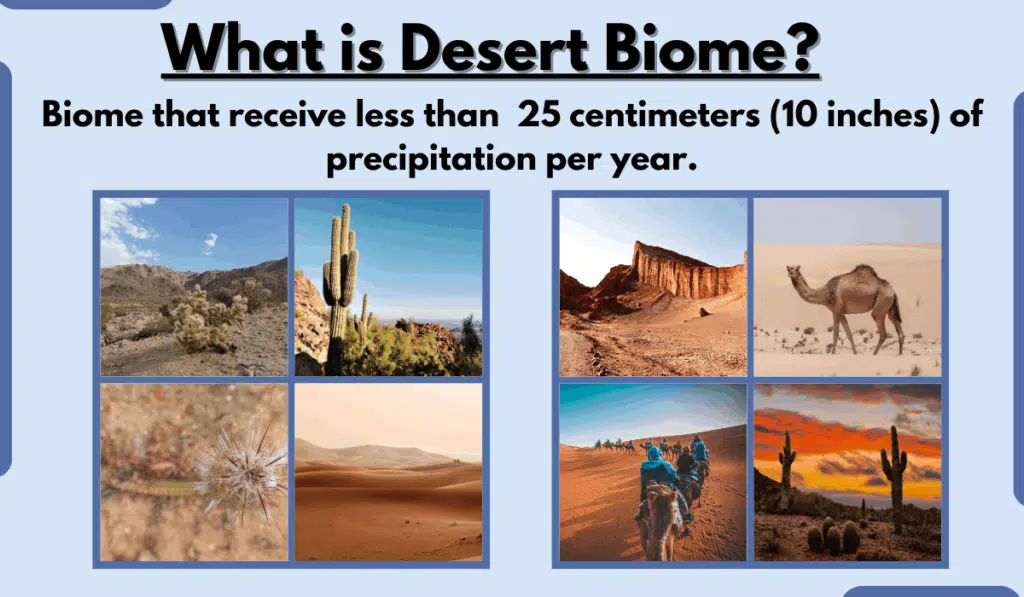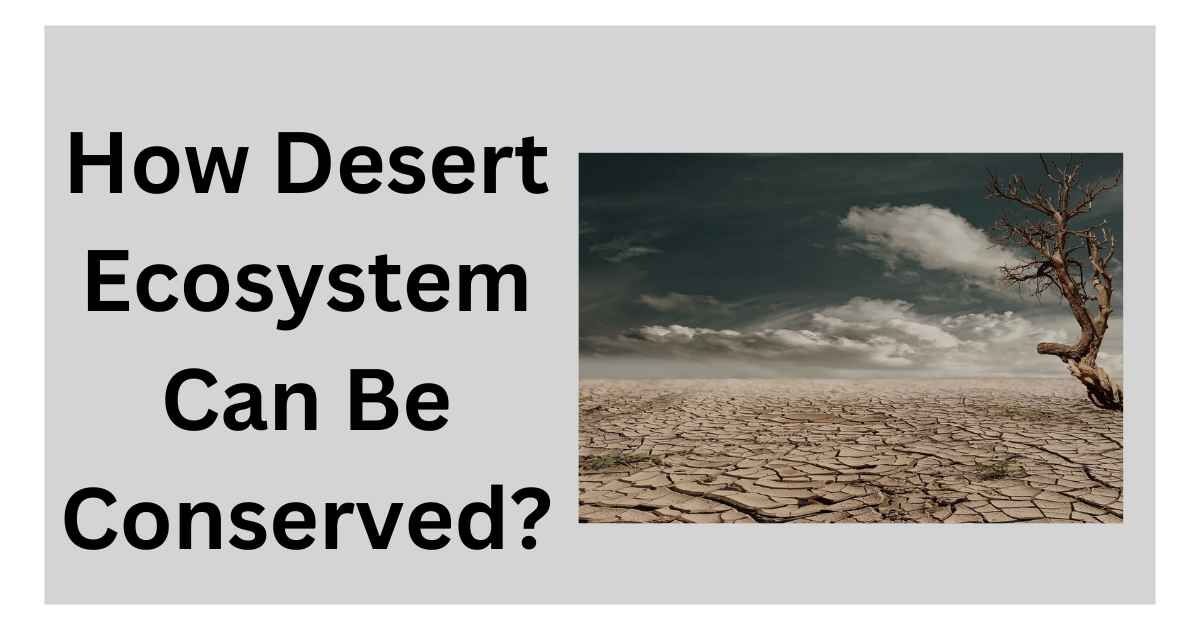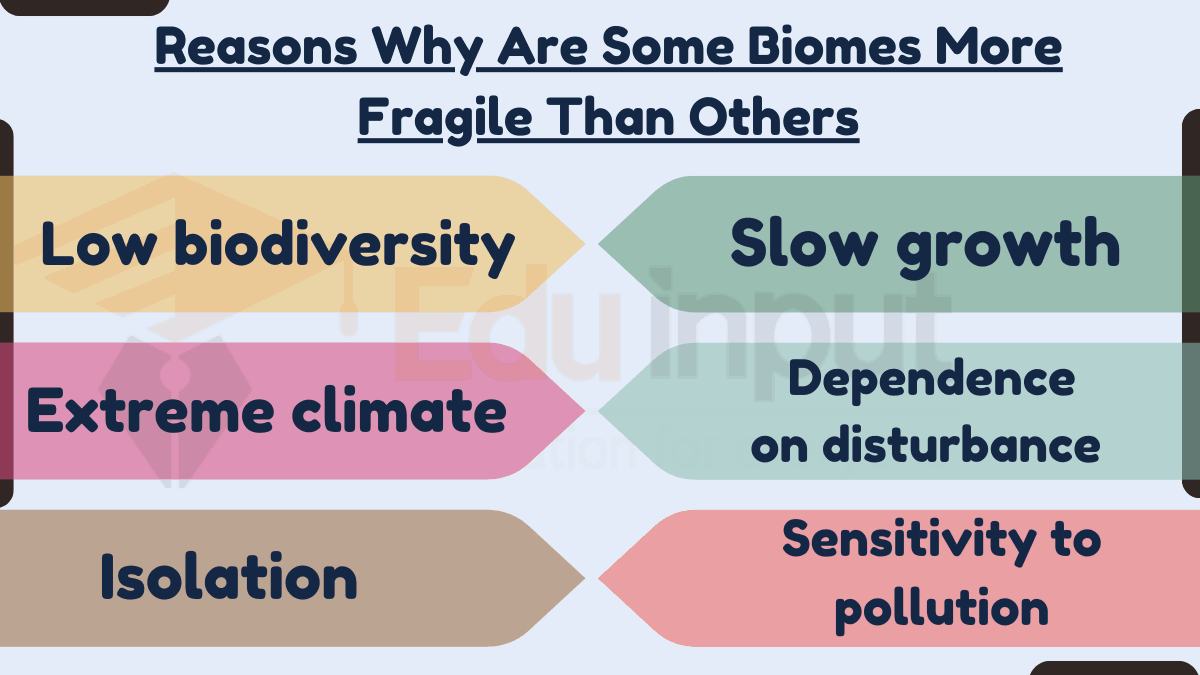Desert Biome-Characteristics, Types, Location, Climate, and Examples
Definition of Desert Biome
A desert is a biome characterized by extreme dryness. Deserts receive less than 25 centimeters (10 inches) of precipitation per year. This lack of water has a profound impact on the plants and animals that live in deserts. [source]

Characteristics of Desert Biome
Desert biome is characterized by:
1. Low rainfall
Deserts receive very little rainfall, usually less than 25 centimeters (10 inches) per year.
2. High evaporation rates
Deserts have high evaporation rates, meaning that water evaporates quickly from the ground and from plants.
The high temperature, low humidity, and lack of vegetation in deserts make the air dry and prone to evaporation.
3. High temperatures
Deserts can have very hot days and very cold nights. The average temperature in a desert is 27 degrees Celsius (81 degrees Fahrenheit).
4. Sparse vegetation
Deserts have very sparse vegetation. Plants that live in deserts have adaptations to conserve water, such as thick leaves or spines.
5. Animal adaptations
Animals that live in deserts also have adaptations to conserve water, such as burrowing or being nocturnal.
Types of Desert Biome
There are four main types of desert biomes:
1. Hot and dry deserts
These deserts are located in the subtropical regions of the world, such as the Sahara Desert in Africa and the Arabian Desert in Asia. They have hot days and cold nights.
2. Semiarid deserts
These deserts are located in the transition zone between deserts and other biomes, such as the steppes of Asia and the prairies of North America. They have more rainfall than hot and dry deserts, but still less than other biomes.
3. Coastal deserts
These deserts are located near the coast, such as the Atacama Desert in Chile and the Namib Desert in Africa. They are influenced by the cold ocean currents, which bring in fog and mist that help to increase the humidity.
4. Cold deserts
These deserts are located at high altitudes, such as the Tibetan Plateau in Asia and the Great Basin Desert in North America. They have cold winters and cool summers.
Location of Desert Biome
Deserts are found on every continent except Antarctica. The largest desert in the world is the Sahara Desert, which covers most of North Africa. Other major deserts include the Arabian Desert, the Gobi Desert, the Kalahari Desert, and the Great Australian Desert.
Climate of Desert Biome
The climate of a desert is characterized by low rainfall, high evaporation rates, and high temperatures. The average temperature in a desert is 27 degrees Celsius (81 degrees Fahrenheit). However, desert temperatures can vary greatly, depending on the time of day and the season. During the day, desert temperatures can soar to over 40 degrees Celsius (104 degrees Fahrenheit). At night, desert temperatures can drop to below freezing.
Temperature of Desert Biome
The temperature of a desert can vary greatly depending on the time of day, the season, and the location of the desert. During the day, desert temperatures can soar to over 40 degrees Celsius (104 degrees Fahrenheit). At night, desert temperatures can drop to below freezing.
Desert Vegetation
Desert vegetation is sparse and adapted to the dry conditions. Some common desert plants include cacti, succulents, and shrubs. Cacti have thick stems that store water, and succulents have fleshy leaves that store water. Shrubs have small leaves that help to reduce water loss.
Desert Animals
Desert animals are also adapted to the dry conditions. Some common desert animals include reptiles, rodents, and insects. Reptiles have scales that help to prevent water loss. Rodents have burrows that help them to stay cool and conserve water. Insects have wings that help them to move to areas with more water.
Facts about Desert Biome
Here are some interesting facts about the desert biome:
- The largest desert in the world is the Sahara Desert, which covers most of North Africa.
- The driest desert in the world is the Atacama Desert in Chile, which has an average rainfall of less than 1 millimeter per year.
- The hottest desert in the world is the Lut Desert in Iran, which has recorded temperatures of up to 70 degrees Celsius (158 degrees Fahrenheit).
- The coldest desert in the world is the McMurdo Dry Valleys in Antarctica, which has recorded temperatures of below -80 degrees Celsius (-112 degrees Fahrenheit).
- The oldest desert in the world is the Namib Desert in Africa, which is over 55 million years old.
- The desert biome is home to a variety of plants and animals that have adapted to the dry conditions. Some common desert plants include cacti, succulents, and shrubs. Some common desert animals include reptiles, rodents, and insects.
- The desert biome is a valuable resource for humans. It provides us with minerals, oil, and gas. It also helps to regulate the Earth’s climate.
- Deserts cover about one-third of the Earth’s land surface.
- Deserts are found on every continent except Antarctica.
- Deserts are home to a variety of plants and animals, including cacti, succulents, reptiles, rodents, and insects.
- Deserts are constantly changing, as the wind and water erode the landscape.
- Deserts are important for the Earth’s climate, as they help to regulate the temperature and rainfall patterns.
Also learn about:







Leave a Reply